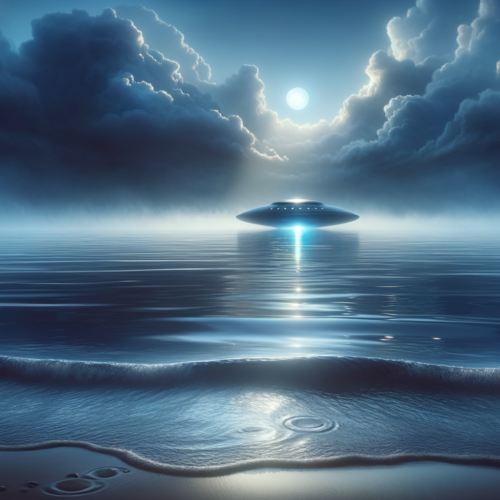SpaceX Launches Rescue Mission for Stranded Astronauts at ISS
- SpaceX launched a rescue mission to bring home two astronauts stranded at the International Space Station, but their return is scheduled for late February.
- The mission was necessitated by issues with Boeing’s Starliner spacecraft, which returned empty due to safety concerns.
- NASA’s Nick Hague and Russia’s Alexander Gorbunov will retrieve Butch Wilmore and Suni Williams, who have been on the ISS for over eight months.
The Rescue Mission’s Launch
On Saturday, SpaceX embarked on an important rescue mission aimed at retrieving two astronauts trapped aboard the International Space Station (ISS). Unfortunately for them, their return journey isn’t slated until late February next year. The mission was set in motion due to safety concerns surrounding Boeing’s Starliner spacecraft, which had to return to Earth empty earlier this month.
This mission will see NASA’s Nick Hague and Russia’s Alexander Gorbunov stepping in to bring back astronauts Butch Wilmore and Suni Williams. Initially, Wilmore and Williams were expected to be away for just a week when they joined Boeing’s first astronaut flight back in June.
Challenges with Boeing’s Starliner
NASA deemed Boeing’s Starliner too risky for ongoing missions after it experienced a series of thruster issues and helium leaks during its journey to the ISS. Consequently, two astronauts had to be removed from the SpaceX launch to make room for Wilmore and Williams on the return trip. By the time Wilmore and Williams eventually return to Earth, they will have spent over eight months in space—quite the unexpected extended vacation!
In the meantime, Williams has been promoted to the commander position on the ISS, as the station is poised to return to its typical crew size of seven when Hague and Gorbunov arrive.
Embracing Change in Space Exploration
Hague shared some profound thoughts about the nature of space missions, stating that change is the only constant in human spaceflight. It seems that these transitions have become increasingly visible to the public eye lately, showcasing the dynamic nature of space travel.
Hague, a seasoned astronaut, was appointed as the mission’s commander based on his previous experience with a launch emergency six years back. During that incident, a Russian rocket failed shortly after takeoff, and Hague’s capsule was successfully propelled away to safety.
Future Flights and Aspirations
Rookie NASA astronaut Zena Cardman, along with veteran space traveler Stephanie Wilson, were also part of this mission but had to step aside as NASA opted to utilize SpaceX for this rescue. The good news is that both Cardman and Wilson will have opportunities to participate in future missions. Gorbunov remains under an exchange agreement between NASA and the Russian Space Agency.
Cardman expressed optimism, stating she remains hopeful about her own future launch into space, even if the specific date remains uncertain.
Hague addressed the unique challenge of launching with a crew of just two and returning with astronauts trained to operate a different spacecraft. He emphasized their professionalism and readiness to adapt to these challenges.
SpaceX’s Position in Space Exploration
SpaceX has established itself as a leader in NASA’s commercial crew program since the retirement of the space shuttles over a decade ago. Having successfully delivered astronauts to the ISS in 2020, SpaceX has now completed ten crew flights for NASA. In contrast, Boeing continues to grapple with various difficulties, having had to repeat its Starliner test flight after the first attempt went awry.
The Starliner spacecraft that left Wilmore and Williams in space landed safely in the New Mexico desert on September 6 and has since returned to Kennedy Space Center. Recently, Boeing’s defense and space chief was replaced, indicating ongoing efforts to address these challenges.
Additionally, the recent SpaceX launch marked a significant milestone as it was the first astronaut launch from Launch Complex 40 at Cape Canaveral Space Force Station. SpaceX took over this old Titan rocket pad nearly two decades ago, and the recent liftoff demonstrates their continued growth and adaptability within the space industry.
Jon’s Take
Space exploration is a wild ride, filled with unexpected twists and turns. Just like the astronauts training to navigate the cosmos, we too should embrace change and adapt to the unknown possibilities ahead. Who knows what wonders lie in store for humanity as we reach for the stars? The truth truly isn’t just out there – it’s right here, inviting us to explore!
Original Article




